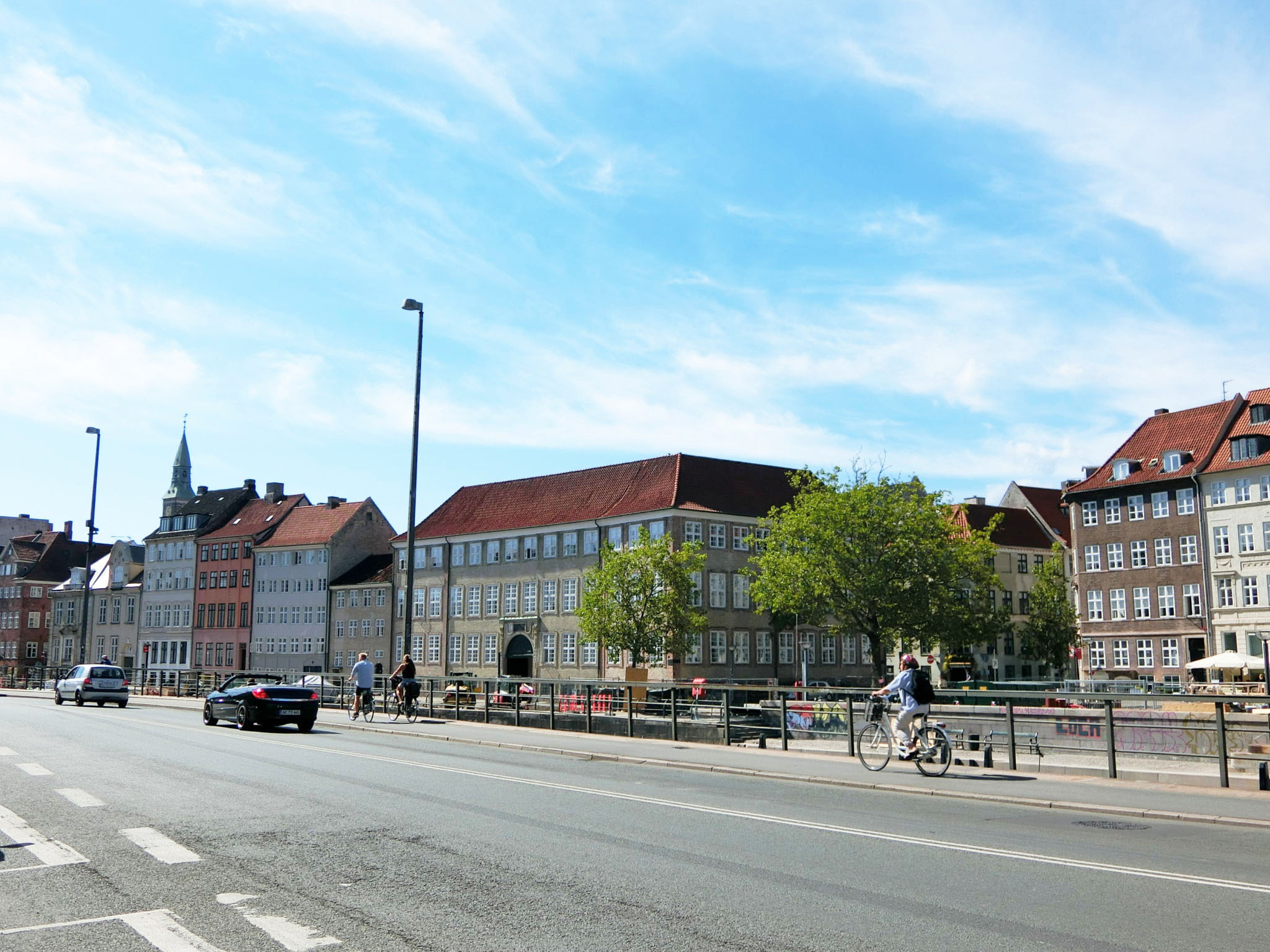note* This article is based on a Japanese article which was made on 2nd September 2020.
In Japan, bicycles have attracted more attention in these years from the perspectives of environmental protection and health promotion, and now we can see more bike lanes in cities.
In Denmark, which is famous for its popularity in bikes, Copenhagen (the capital city of Denmark) has made great progress in its planning and practice, with the construction of Bicycle Superhighways and a green waves to unify the speed of bicycles at 20 km/h (Nakajima, 2020). As a result, the rate of bicycle use is increasing. That resulted in enhancing the use of bicycles dramatically, and as of 2018, 49% of citizens use bicycles to commute (City of Copenhagen, 2019).
In addition to these improvements, I found that bike lanes themselves have the secret to the widespread use of bike use when I rode a bike in Copenhagen, and I made this article.
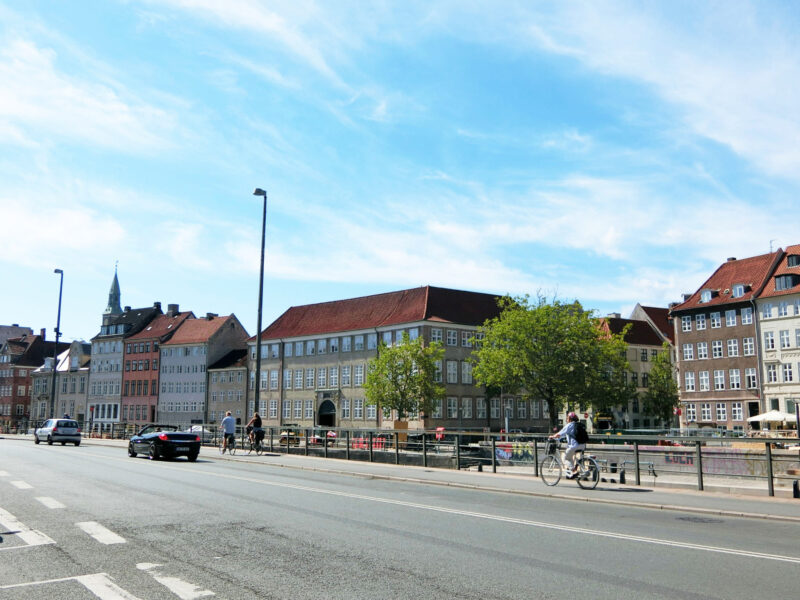
Bike lanes where many bicycles can travel comfortably and safely
Before describing the points, I would like to write about how the bicycle lanes were in Copenhagen.
Even when I was in Japan, I had often heard that bicycles are very popular in Copenhagen. So, I expected to see a lot of bicycles, but I was so surprised that even though there were so many bikes at high speed, I didn’t see any accidents nor scenes that could lead to accidents.(To give you an idea of how many bicycles there were, during the evening rush hour, there was a 5-6 meter line of bikes by cyclists who waited at traffic lights.)
The city of Copenhagen has a goal of increasing the percentage of commute trips by bike to 50% by 2025, and the city focuses on improving safety and creating a comfortable cycling environment. According to an OECD study, Copenhagen had “the lowest risk of cyclist fatalities among 30 other major cities in the EU and the US from 2011-2015” (City of Copenhagen, 2019).
So, what I am going to tell you in this article is a part of Copenhagen City’s actions for a safe and comfort bike trip while promoting it.
Point 1: Throughout right-side traffic
Because the right side traffic is thorough on bike lanes, you won’t see any oncoming bikes when cycling. This means that you can keep going comfortably and safely without being blocked.
What surprised me was how thorough it is: you have to keep to the right even at intersections.
For example, you try to turn left at a main street intersection (see the photo below) (Google, n.d.).
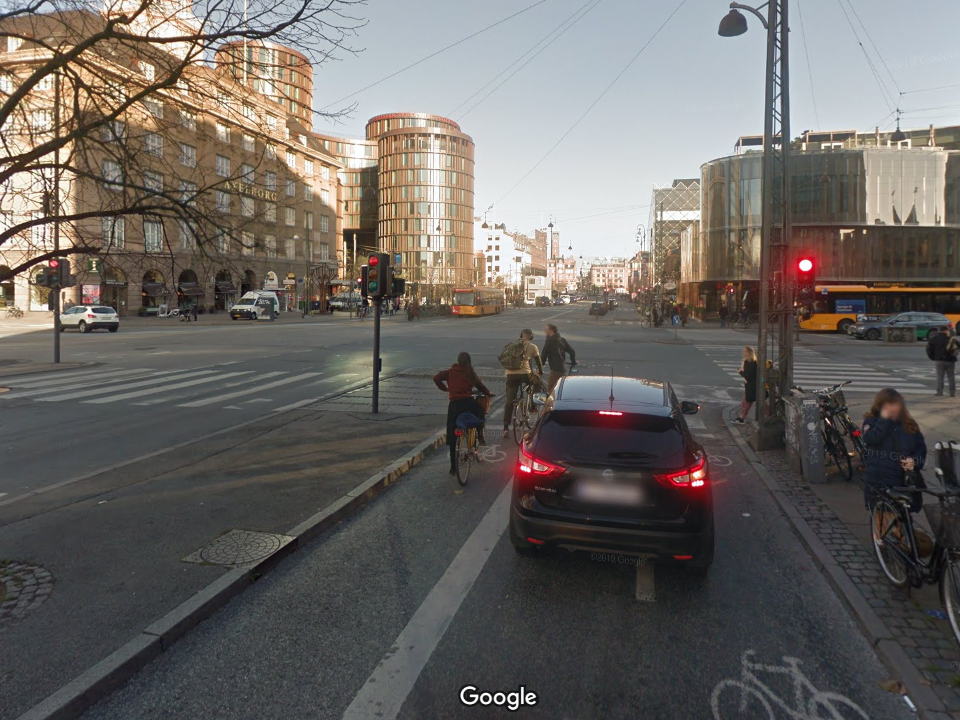
At this point, it is against the rules to turn left directly. You either have to go straight to the opposite side and then turn left, or if you want to turn left immediately, you have to get off your bike and push it (as a pedestrian).
To be honest, it was a bit of a hassle at first. However, there are a lot of bicycles and cars, and the time to cross the street is limited, especially at the intersection close to the Copenhagen Central Station. In such a situation, if many bicycles cross the crosswalk from both sides, confusion is inevitable, and of course, accidents will occur frequently. Then I’ve come to understand that requiring cyclists to keep to the right even at intersections is a rational way to ensure safe and smooth bike ride.
Point 2: Bike lanes provided on both sides of a road
This is related to the previous point about keeping to the right side of a road. Even on narrow roads, there are always bicycle lanes on both sides of a roadway (as far as I traveled). So, the risk of bike crash with an oncoming one is minimized.
I realized how difficult it is to have bike lanes on both sides of a road when I visited the capitals of neighboring Scandinavian countries (Finland and the Baltic States). On wide streets, bike lanes were provided on both sides, but on relatively narrow streets, there was normally a single bike lane on one side.
You may wonder why there are not enough bike lanes in these countries, because there should be more land than in Japan. What I realized was at many places in Europe, parking on streets is allowed (This is basically illegal in Japan). As a result, cars take up most of the space on the road, making it difficult to have enough bike lanes. On such roads, bike routes were very random: some went on a road, and the other did on a sidewalk. Then I knew that Copenhagen City reduced the number of parking lots on the streets in order to build bike lanes. (Aalto University, 2017)
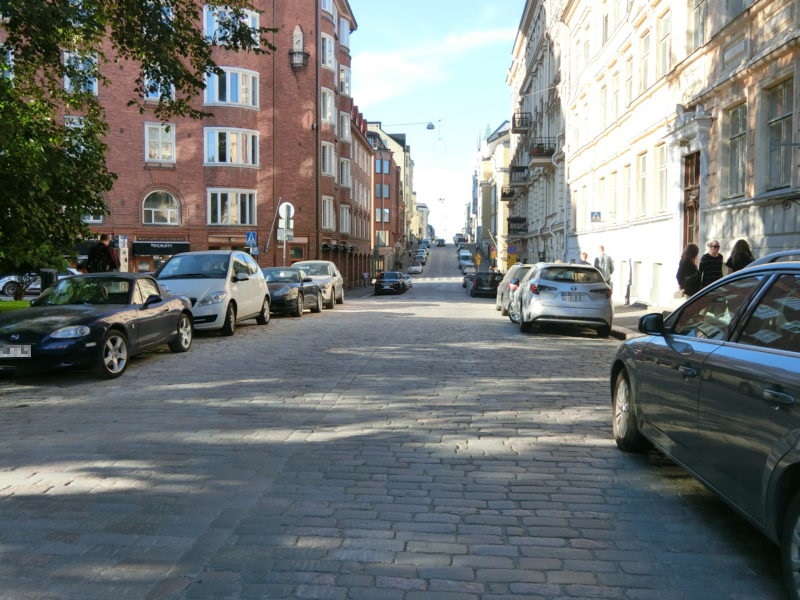
On the other hand, in Warsaw, Poland, there is a case of moving back buildings along a main street so as to provide a bike lane while keeping parking spaces on the street.
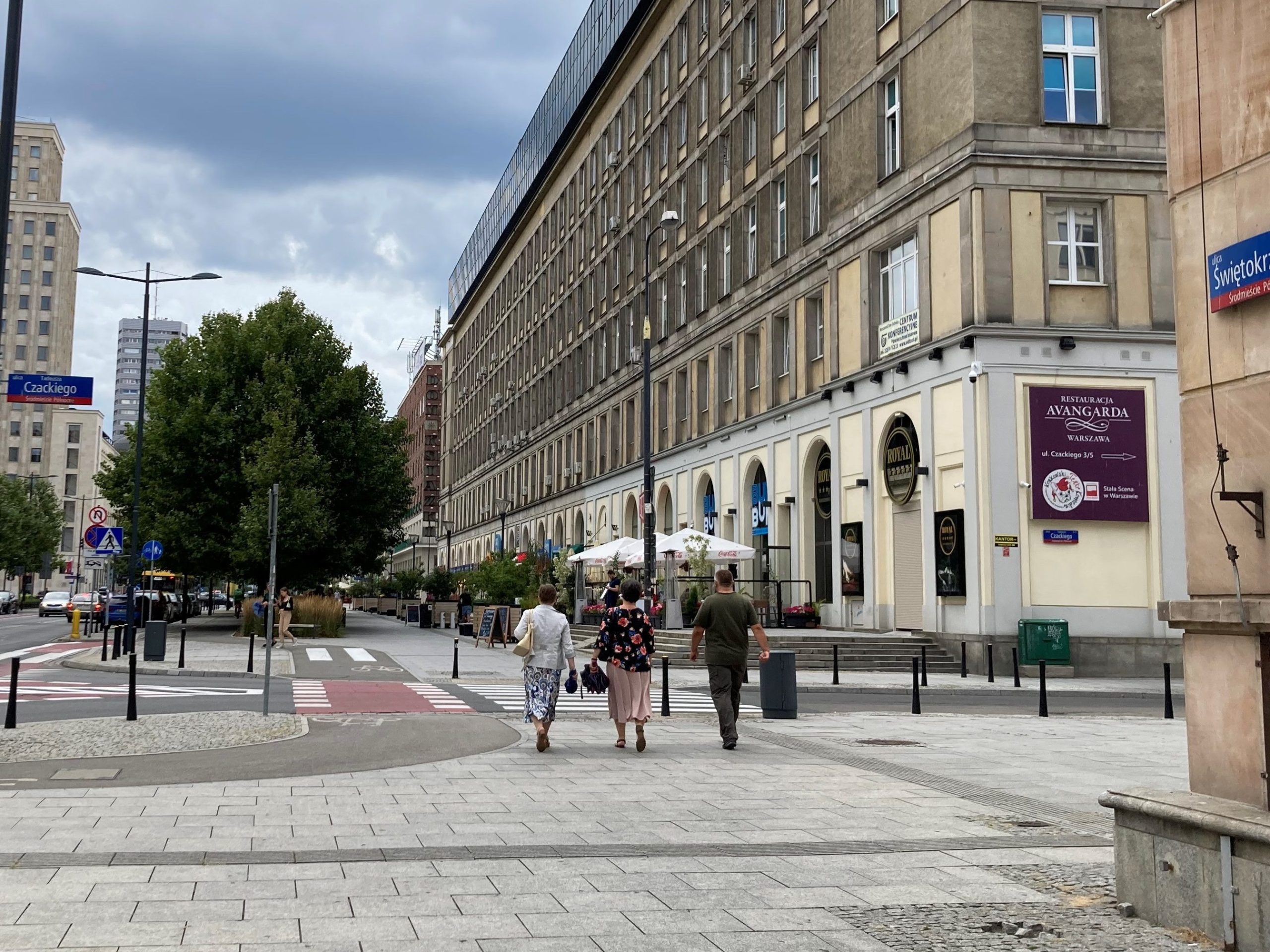
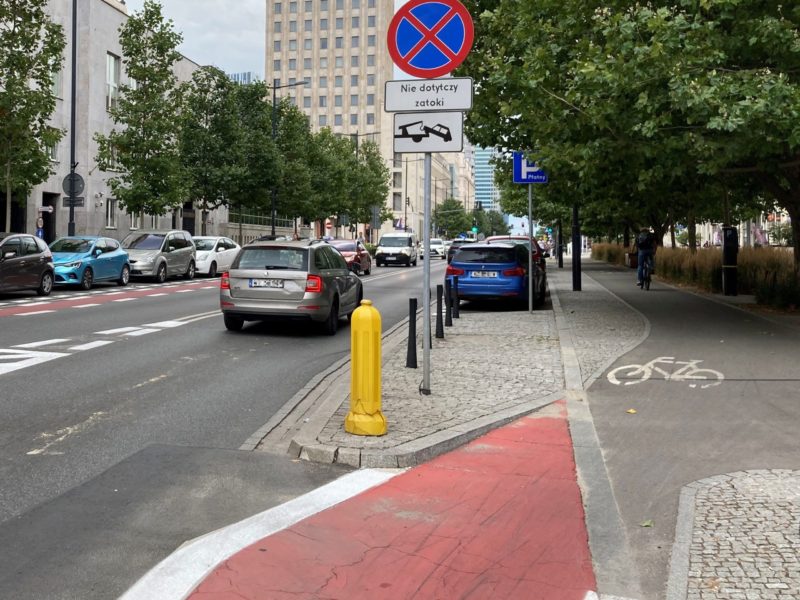
Now you can see that a street respects both drivers, cyclists, and pedestrians.
Point 3: Few obstacles between bike lanes and pedestrian ways
I think it is important because cycling roads which allow cyclists to stop safely when they want is the key to smooth bike ride traffic.
In Copenhagen, there is always a sidewalk right next to the bike lane (from the running direction), and it is only low height boundary stones that are between the bike lane and the sidewalk. This means if you give a hand sign, you can move to the sidewalk and get off your bike whenever you want.
I realized that this allows people who have reached their destination or need a break to stop without disturbing the flow of the bike lane. This system also allows the other cyclists who want to keep their trips to move on at their comfortable speed. In “The Bicycle Account 2018” (City of Copenhagen, 2019), City of Copenhagen clearly states that “(w)e must make a concentrated effort to create space for everyone regardless of whether they are bicycle commuters, six year olds on their first bike, the elderly at a leisurely pace, or newcomers who have just moved here from abroad.” (City of Copenhagen, 2019) to tackle congested traffic when bike trips increased (City of Copenhagen, 2019).
I thought the design capacity which can embrace people in various kinds of situations is crucial in the urban design field. Actually, since I was a novice cyclist and didn’t know the city well, I had to stop many times while I rode a bike and really appreciated this cycling system.
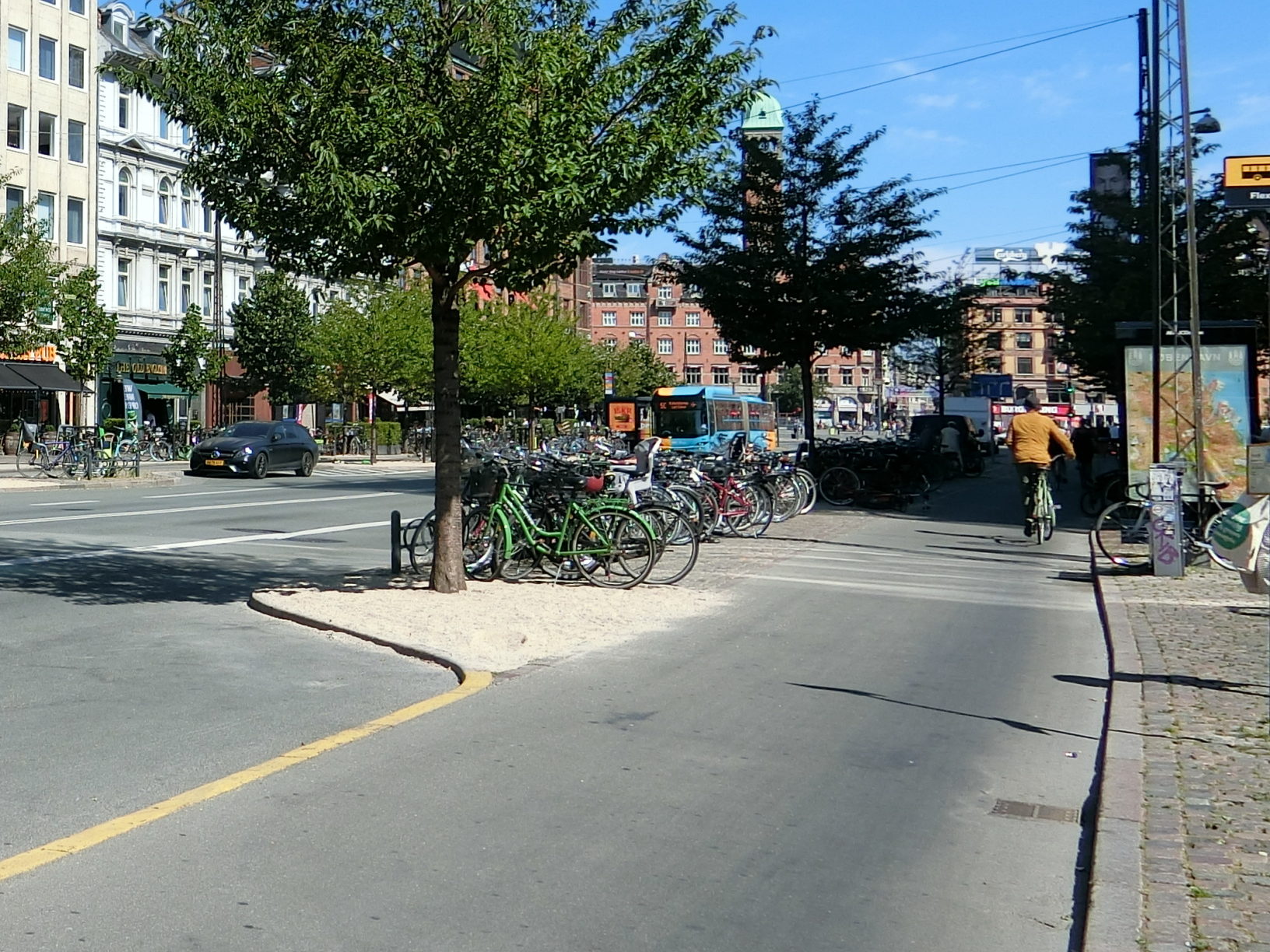
In Japan, it is very common to place guardrails between the roadway and the sidewalk to ensure the safety of pedestrians. However, when it comes to cycling, I supposed roads without guardrails would be safer for cyclists.
Summary
When I was in Japan, I had expected that the popularity in cycling was pretty natural in Scandinavian countries, because there were less people and more open spaces than in Japan. However, I learned that the reason why bicycles spread so much in Copenhagen was owing to their meticulous planning and practice.
In addition to this, there was another obstacle to set bike lanes in Europe, such as parking lots on the road. This fact led me to rethink the potential to have sufficient bike lanes in Japan.
Thank you for reading the article until the end.
References
Aalto University (2017) “Jan Gehl, architect: “Livable Cities for the 21st Century””, [online]. Available at: https://www.youtube.com/watch?v=882rELJMHt8&list=WL&index=2&t=0s, (Accessed: 2 Sep 2020)
City of Copenhagen (2019) “The Bicycle Account 2018 Copenhagen City of Cyclists”, p.5.6.10 [online]. Available at: https://kk.sites.itera.dk/apps/kk_pub2/pdf/1962_fe6a68275526.pdf (Accessed: 2 Sep 2020)
City of Copenhagen (2018) “COPENHAGEN CITY OF CYCLISTS FACTS AND FIGURES 2017”, p.3 [online]. Available at: https://urbandevelopmentcph.kk.dk/sites/urbandevelopmentcph.kk.dk/files/city_of_cyclists_facts_and_figures_2018.pdf (Accessed: 2 Sep 2020)
Google (n.d.) “Copenhagen station”, [online]. Available at: コペンハーゲン, デンマーク首都地域 – Google マップ (Accessed: 20 Feb 2021)
中島健祐『デンマークのスマートシティ データを活用した人間中心の都市づくり』(2019年)学芸出版社, p75-84
This article was translated based on “Translated with www.DeepL.com/Translator (free version)” and was also modified by Asami.

